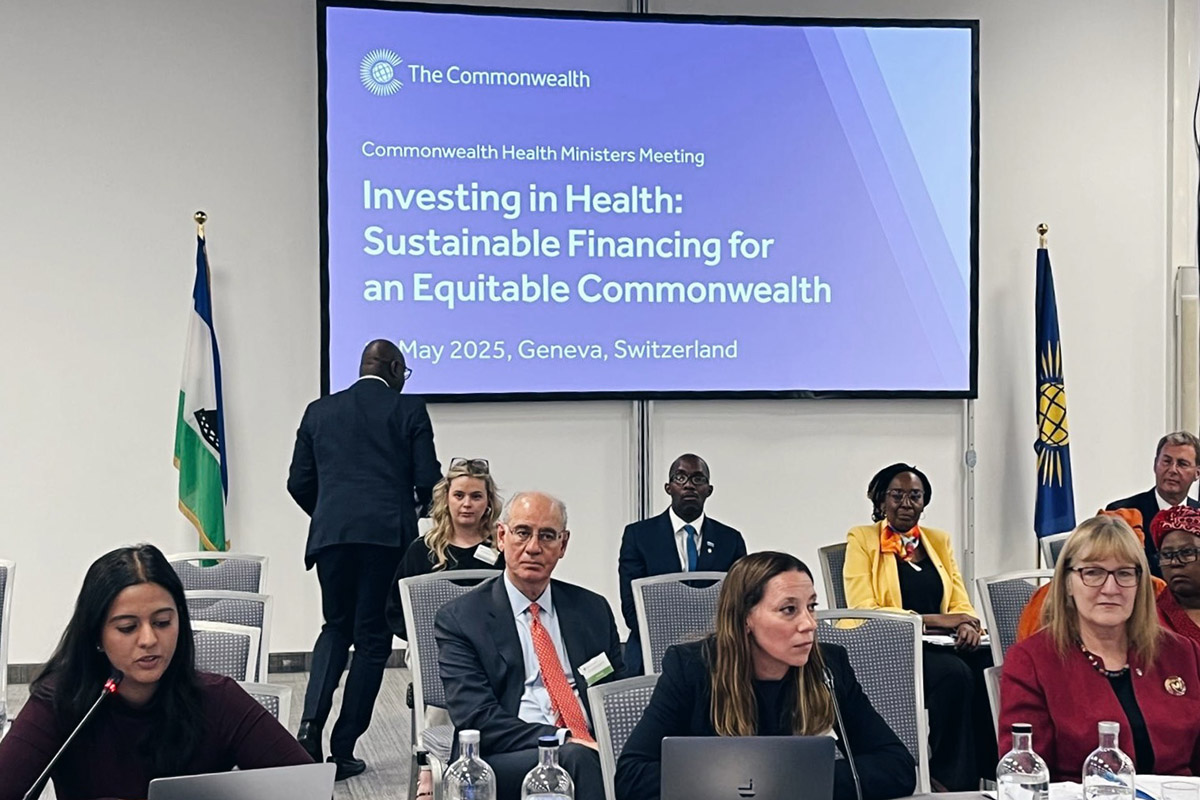Gender Equality is Not a Destination—It’s a Constant Rebalancing
November 6by Similoluwa Ifedayo
Lately, I’ve been thinking deeply about gender inequality, equity, and equality. Questions have been on my mind like, “At what point do I stop talking about gender equality? When is it enough? Am I doing too much?” These reflections led me to one fundamental realisation: gender equality is not a destination. It’s a constant rebalancing—an ever-shifting equation that requires ongoing effort and introspection.
The Living Mosaic of Humanity
With a global population of over 8.2 billion and counting, the world is a living mosaic of diverse backgrounds, each contributing to the intricate landscape of humanity. Amid this growth lies a sobering reality that speaks louder than mere numbers: as the world edges toward an estimated 10.3 billion people by 2080, gender inequality continues to cast a long shadow, threatening to undo the progress we’ve made.
The latest Gender Snapshot 2024 report from UN Women and the United Nations Department of Economic and Social Affairs delivers a harsh reality check. With just six years left to achieve the Sustainable Development Goals (SDGs), our journey toward gender equality has faltered. Time ticks away, yet the barriers women and girls face remain steadfast, especially in Nigeria—a country where the disparity between potential and reality is vast, but not insurmountable.
Rebalancing the Scales
In 2023, a World Economic Forum report predicted it would take another 131 years to close the global gender gap. Think about that—131 years. That’s nearly five generations of people constantly pushing and pulling, balancing and rebalancing, just to make sure the scales don’t tip back toward inequality. This striking reality underscores that gender equality isn’t a one-time fix, but a continuous process of recalibration.
Let’s consider gender equality as a set of old-fashioned balancing scales. When we advocate for women’s education, the scales tip toward opportunity. But before we can catch our breath, we realize the workplace environment remains hostile to women’s progress. So, we add policies addressing gender harassment and inclusive workplace culture. The scale balances again, but only temporarily. Unconscious biases or wage gaps creep in, quietly shifting the balance back.
It’s this ongoing balancing act that defines the pursuit of gender equality. There’s no single lever to pull or policy to implement that will forever balance the scales. As soon as one issue is addressed, others may arise or reappear, requiring fresh solutions. This is why the work can never truly end.
Corporate Leadership and Political Struggles
Take the example of gender equity in corporate leadership. As of 2023, women make up just 10.4% of Fortune 500 CEOs—a marked improvement from the 1990s but still a glaring indication of imbalance. While strides have been made in recognising the need for women at the decision-making table, these numbers tell us we are far from where we need to be. To stop talking about gender equality here would be to ignore the barriers that remain: from subtle biases in hiring and promotion practices to the disproportionate burdens of caregiving that continue to fall on women.
Nigeria’s political landscape mirrors this ongoing struggle. The national average of women’s political participation remains at 6.7% in elective and appointive positions—one of the lowest rates of female political representation in the world. Nigeria is yet to produce a female governor or president. Despite efforts to push for more inclusive policies, like the proposed Gender and Equal Opportunities Bill (which has yet to be passed into law), systemic barriers, patriarchal norms, and cultural stigmas still hold many women back from participating fully in the political sphere. The rebalancing here requires not only legislative reforms but shifts in cultural attitudes and increased advocacy for women’s leadership.
When is enough, enough?
So, when is enough, enough? I’ve learned the answer is never—at least, not in the sense of permanently closing the door on gender inequality. Gender equality is not a finish line; it’s a living, breathing entity that needs constant nurturing and attention.
Imagine gender equality as a garden. You don’t plant seeds, walk away, and expect it to flourish on its own. The garden requires continuous care—watering, pruning, weeding. Some seasons are harsher than others, and new weeds crop up that need to be addressed. Similarly, each generation must weed out new forms of inequality, whether they appear as legal barriers, cultural stigmas, or economic disparities.
In the tech sector, for example, we’ve seen a push to get more women into STEM fields. Global programs have invested millions in coding boot camps, mentorship programs, and scholarships. Yet women still make up only about 28% of the tech workforce. Why? Because it’s not just about getting women into these fields; it’s about addressing the culture of those fields—environments that are still overwhelmingly male and often unwelcoming. Rebalancing here means doing more than providing opportunities—it means dismantling cultural barriers that prevent those opportunities from turning into real, lasting change.
Engaging in the Continuous Fight
This brings us back to the core idea: equality is a constant rebalancing. It’s never just about passing laws or filling quotas. It’s about engaging with the ever-changing cultural, economic, and political landscapes that shape inequality. Progress in one area doesn’t mean the struggle is over in others. Gender equality is about resilience—about having the strength to keep rebalancing, even when it feels like the work is never-ending.
Me to You
To think that advocating for gender equality is “too much” underestimates the complexity of the task. It’s not too much—it’s what’s required to maintain a balanced world. True equity means being prepared to adjust, reflect, and act as society evolves, and as the needs of different genders shift over time.
We must engage with the systems that perpetuate inequality. From pushing for better policies to supporting women in leadership, the work of equity is ours to do—and we must continue to do it, relentlessly.
So no, it’s not too much. And no, it’s not time to stop talking about it. Because gender equality isn’t a fixed point on the horizon—it’s a journey. And we are all responsible for keeping the path open, ensuring the scales remain balanced, so future generations can walk it with fewer obstacles than we face today. Gender equality is not a destination; it’s a constant rebalancing—and that’s why it matters.






